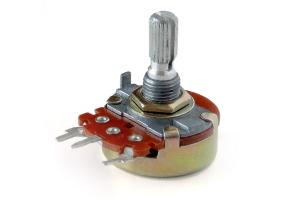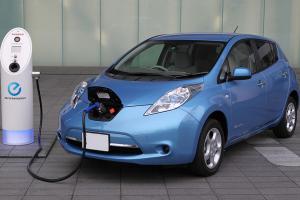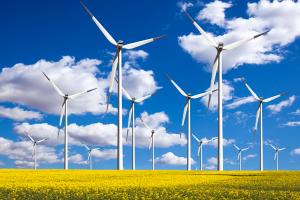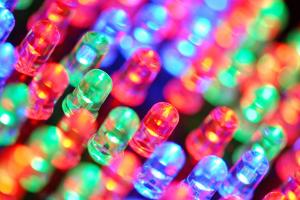A potentiometer /pɵˌtɛnʃiˈɒmɨtər/, informally a pot, is a three-terminal resistor with a sliding or rotating contact that forms an adjustable voltage divider. If only two terminals are used, one end and the wiper, it acts as a variable resistor or rheostat.The measuring instrument called a potentiometer is essentially a voltage divider used for measuring electric potential (voltage); the component is an implementation of the same principle, hence its name.
Resources
An integrated circuit or monolithic integrated circuit (also referred to as an IC, a chip, or a microchip) is a set of electronic circuits on one small plate ("chip") of semiconductor material, normally silicon. This can be made much smaller than a discrete circuit made from independent electronic components. ICs can be made very compact, having up to several billion transistors and other electronic components in an area the size of a fingernail.
An electric car is an automobile that is propelled by one or more electric motors, using electrical energy stored in rechargeable batteries or another energy storage device. Electric motors give electric cars instant torque, creating strong and smooth acceleration. They are also around three times as efficient as cars with an Internal combustion engine.
Geologists have known for years that substantial deposits of oil and natural gas are trapped in deep shale formations. These shale reservoirs were created tens or hundreds of millions of years ago. Around the world today, with the use of modern horizontal drilling techniques and hydraulic fracturing, the trapped oil and natural gas in these shale reservoirs is being safely and efficiently produced; gathered and distributed to customers. During the past 60 years, the oil and gas industry has conducted fracture stimulations in more than two million wells around the world.
Renewable energy is generally defined as energy that comes from resources which are naturally replenished on a human timescale such as sunlight, wind, rain, tides, waves, and geothermal heat. Renewable energy replaces conventional fuels in four distinct areas: electricity generation, air and water heating/cooling, motor fuels, and rural (off-grid) energy services.
Based on REN21's 2014 report, renewables contributed 19 percent to our global energy consumption and 22 percent to our electricity generation in 2012 and 2013, respectively.
A polyamide is a polymer containing monomers joined by peptide bonds. They can occur both naturally, examples being proteins, such as wool and silk, and can be made artificially, examples being Nylon, Kevlar and sodium poly(aspartate).
Production from monomers. The amide link is produced from the condensation reaction of an amino group and a carboxylic acid or acid chloride group. A small molecule, usually water, ammonia or hydrogen chloride, is eliminated.
A light-emitting diode (LED) is a two-lead semiconductor light source. It is a p–n junction diode, which emits light when activated. When a suitable voltage is applied to the leads, electrons are able to recombine with electron holes within the device, releasing energy in the form of photons. This effect is called electroluminescence, and the color of the light (corresponding to the energy of the photon) is determined by the energy band gap of the semiconductor.







